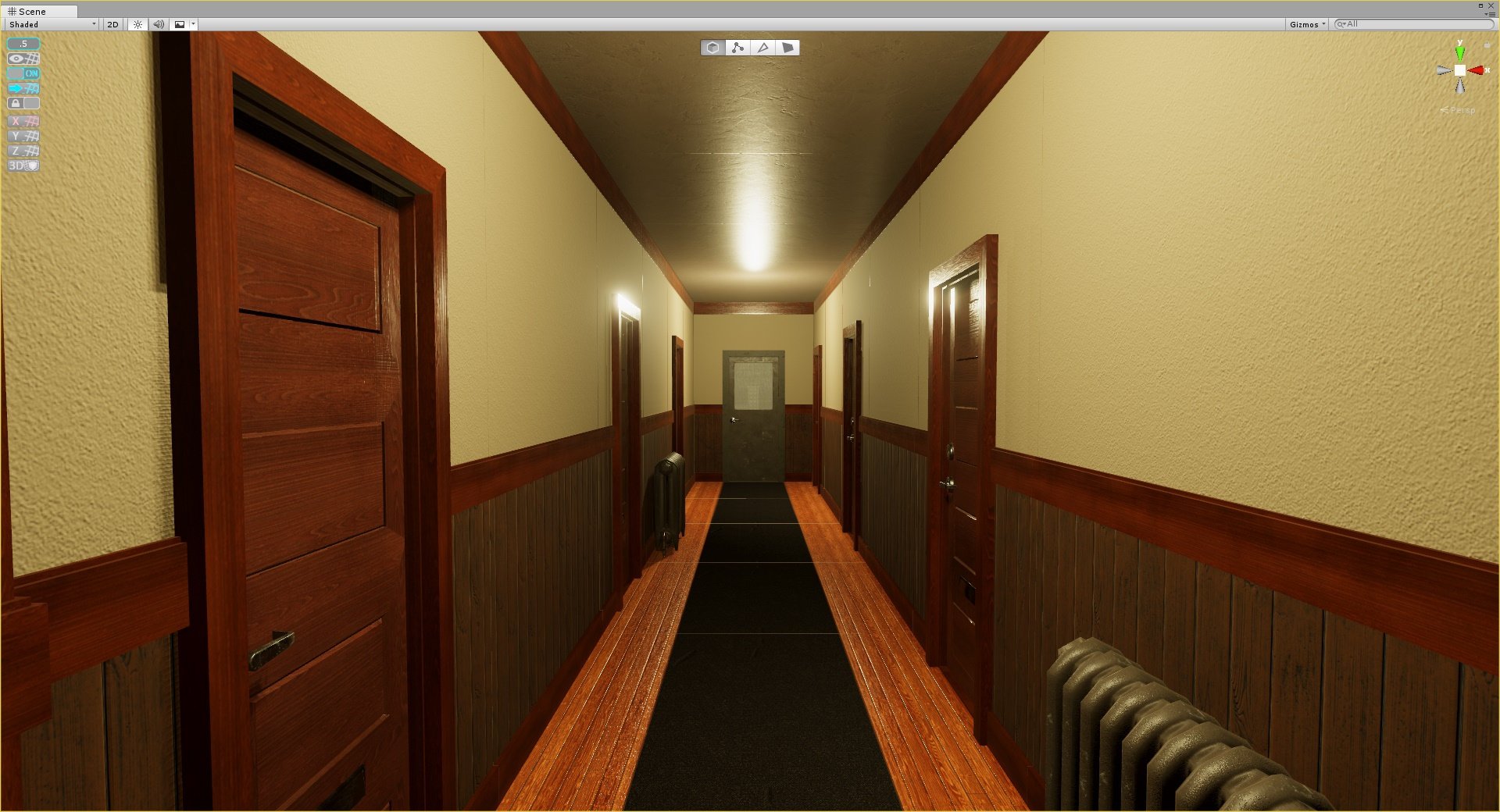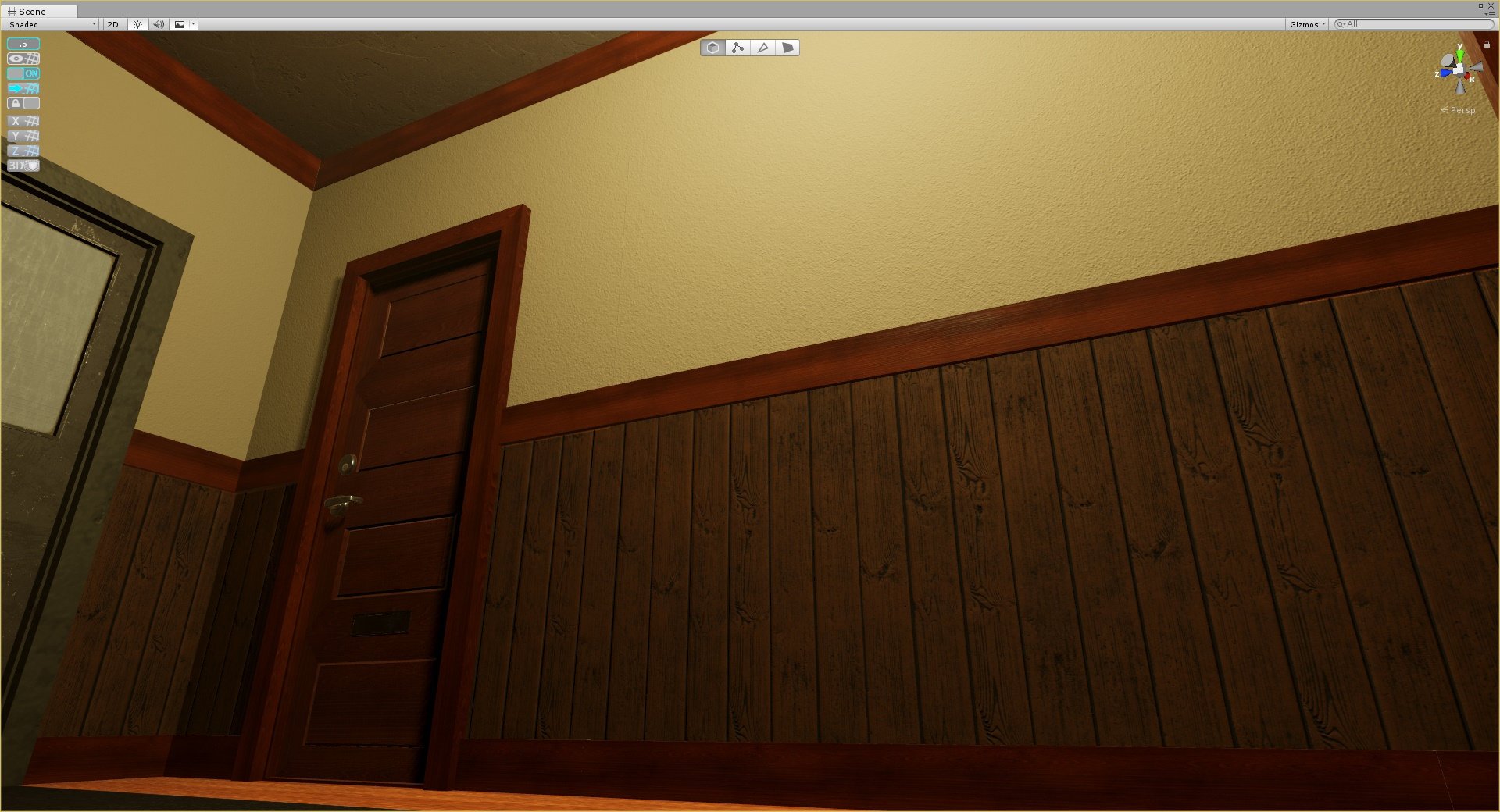The BRAWL² Tournament Challenge has been announced!
It starts May 12, and ends Oct 17. Let's see what you got!
https://polycount.com/discussion/237047/the-brawl²-tournament
It starts May 12, and ends Oct 17. Let's see what you got!
https://polycount.com/discussion/237047/the-brawl²-tournament
Seams are showing up between modular pieces using an atlas texture I made in substance painter
Hi, I've been trying out substances new plugin for unity 2018.1 with livelink and I've been having a small issue with the textures to a modular apartment hall set I've been working on where these seams would appear between the pieces as you can see below.
I was using a plane mesh for the atlas and mapped the uvs for the modular parts to match an ID map I made on the atlas, and then I added the textures masking to the ID map.


Now I've attributed the seams being caused by the way substance painter has been generating the normals with these strange artifacts on some of the edges that are either 1 or 2 pixels wide, so I tried compensating that by shrinking the uvs for the parts by those pixels in hopes that it would resolve it.
But it only seemed to have resolved those seams when the camera is close to the texture.

Is there a better method I should be using to create a texture atlas with substance painter?
I even tried patching those normal edges in photoshop but with no avail, at this point I'm not even sure if it's a problem in Painter or Unity.


I was using a plane mesh for the atlas and mapped the uvs for the modular parts to match an ID map I made on the atlas, and then I added the textures masking to the ID map.


Now I've attributed the seams being caused by the way substance painter has been generating the normals with these strange artifacts on some of the edges that are either 1 or 2 pixels wide, so I tried compensating that by shrinking the uvs for the parts by those pixels in hopes that it would resolve it.
But it only seemed to have resolved those seams when the camera is close to the texture.

Is there a better method I should be using to create a texture atlas with substance painter?
I even tried patching those normal edges in photoshop but with no avail, at this point I'm not even sure if it's a problem in Painter or Unity.


Replies
I'd be inclined to look into alternative ways to split your materials up, atlasing like this doesn't make a lot of sense to me unless you're severely limited on draw calls (which i assume you're not because its 2018 and that's a corridor)
In this case you could simply split that big atlas into 4 tiling maps.